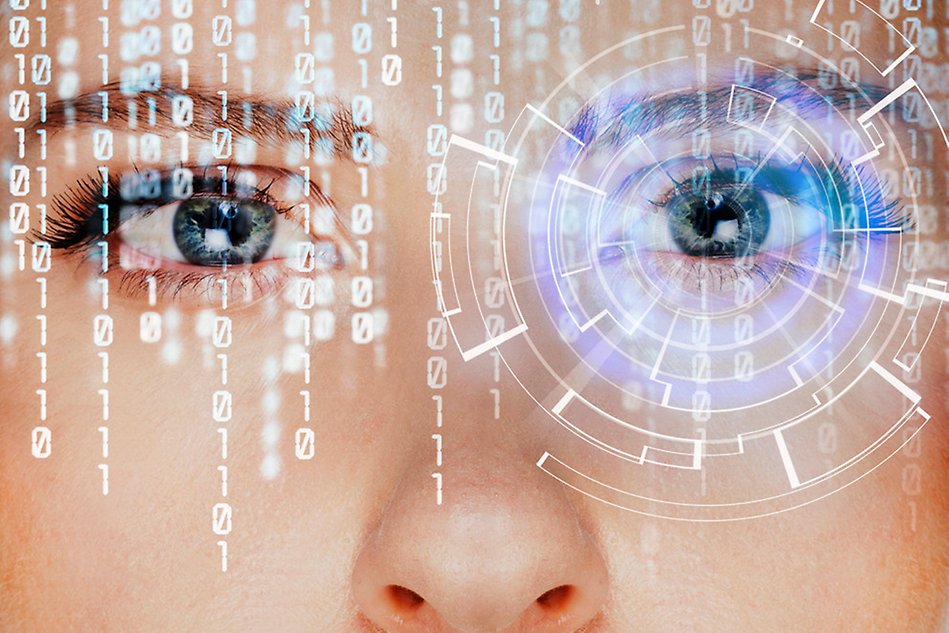The eye is the key – future security through biometric recognition
Hi there, Kevin Hernández Díaz! At the end of May, you defended your doctoral thesis in biometrics. Could you tell us more about your research?
“My research on eye recognition could be another smart and flexible solution that doesn’t require much from the user.”
Kevin Hernández Díaz

“I’ve been studying biometric recognition in the eye region. This involves using unique characteristics of an individual, like fingerprints or facial features, to identify and confirm a person’s identity. In my case, I’ve focused on the area around the eyes. I’m making these systems more flexible and better at recognising people, even in challenging situations with limited data, varying lighting conditions, or between images from different camera sensors.
How can your research contribute to the development of technology in this field?
“Some of my research indicates that we can utilise and apply pre-existing deep learning models for new purposes, such as eye recognition, without needing to train the models extensively or gather large amounts of data. They perform as well as, or better than, models specifically trained for eye recognition, which was somewhat unexpected!”
“Another aspect of my research demonstrates that we can enhance their performance and efficiency by allowing deep learning models to mimic how mammals perceive visual stimuli. Mammalian vision relies on detecting textures, meaning how the surface or consistency of an object is perceived. This could be patterns and details, like the surface of a tree or asphalt. This has proven to be important for both humans and computers.”
Tell us more!
“Instead of using colour images in the deep learning models, which is the common way today, I started with providing the models information about texture and the textures orientation. This made me observe a noticeable improvement in speed, accuracy, and model size. So, in summary, I’m trying to make deep learning models more efficient for biometric eye recognition.
How can biometric recognition be useful in society?
“As society becomes increasingly digitalised, we need ways to securely and conveniently protect our private information and belongings. Biometrics is a good solution to this problem, and fingerprint recognition systems have become very successful and common as authentication methods. My research on eye recognition could be another smart and flexible solution that doesn’t require much from the user. It could also be a good alternative when other systems don’t work optimally, such as during the COVID-19 pandemic when facial recognition systems couldn’t identify people wearing masks.”

Kevin Hernández Díaz earned his doctorate in May with the thesis “Ocular Recognition in Unconstrained Sensing Environments”.
What are your plans for the future?
“I love biometrics and computer vision, which is how computers see and understand the world. So, my plan is to continue researching in these areas. Perhaps with a deeper focus on forensics. AI is a rapidly growing field with plenty of opportunities and challenges, so I’m eager to keep learning and try to contribute with new ideas and solutions – both to the research community and society as a whole.”
Text: Anna-Frida Agardson
Portrait photo: Anna-Frida Agardson
Top picture: iStock
More information
Research at the School of Information Technology (ITE)
Center for Applied Intelligent Systems Research (CAISR)
Kevin Hernández Diaz dissertation: Ocular Recognition in Unconstrained Sensing Environments External link.
External link.

